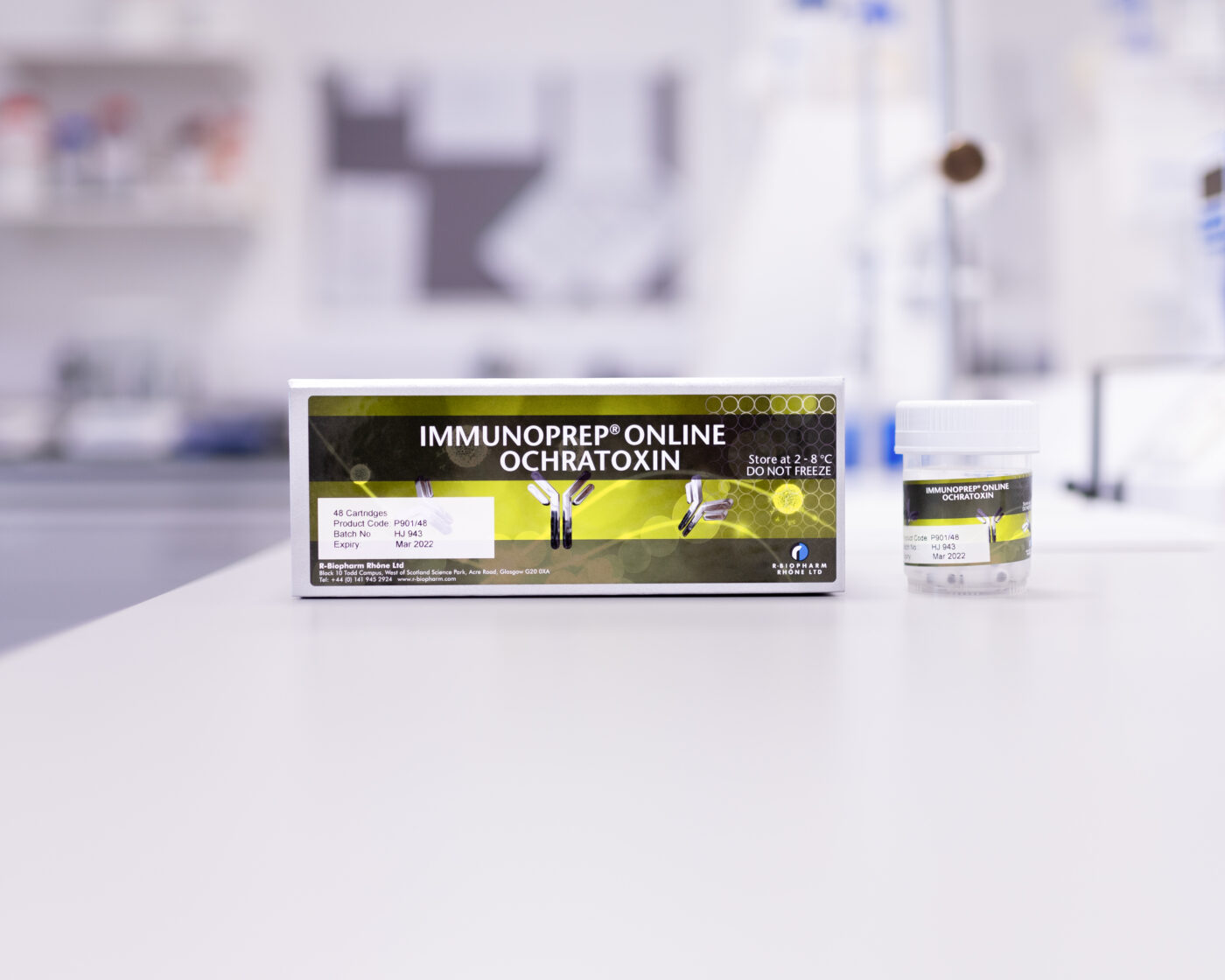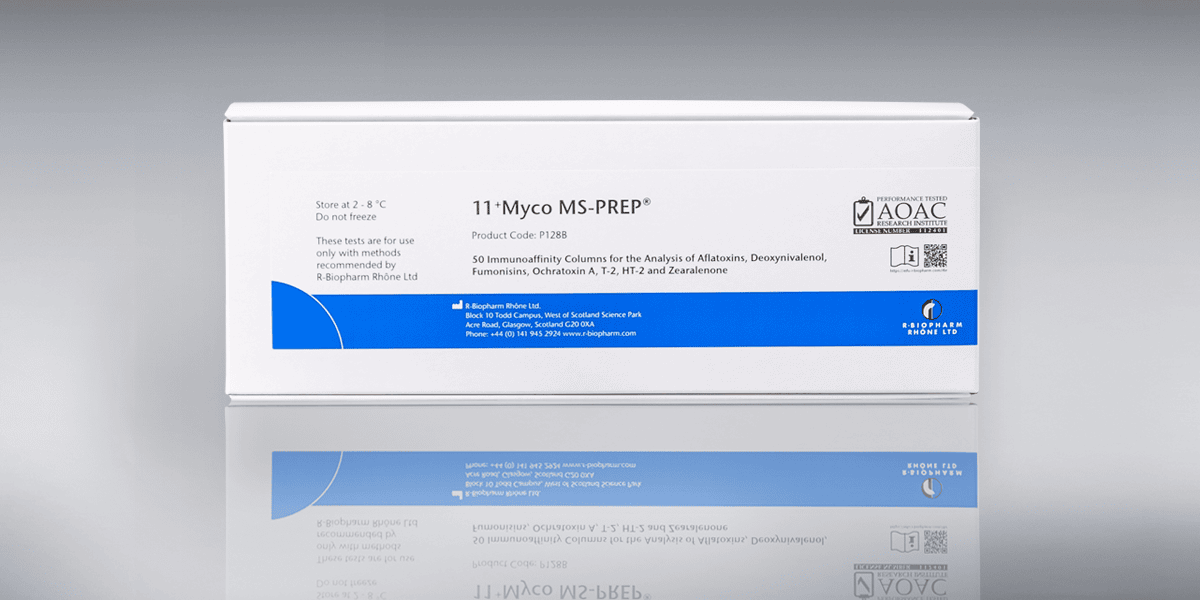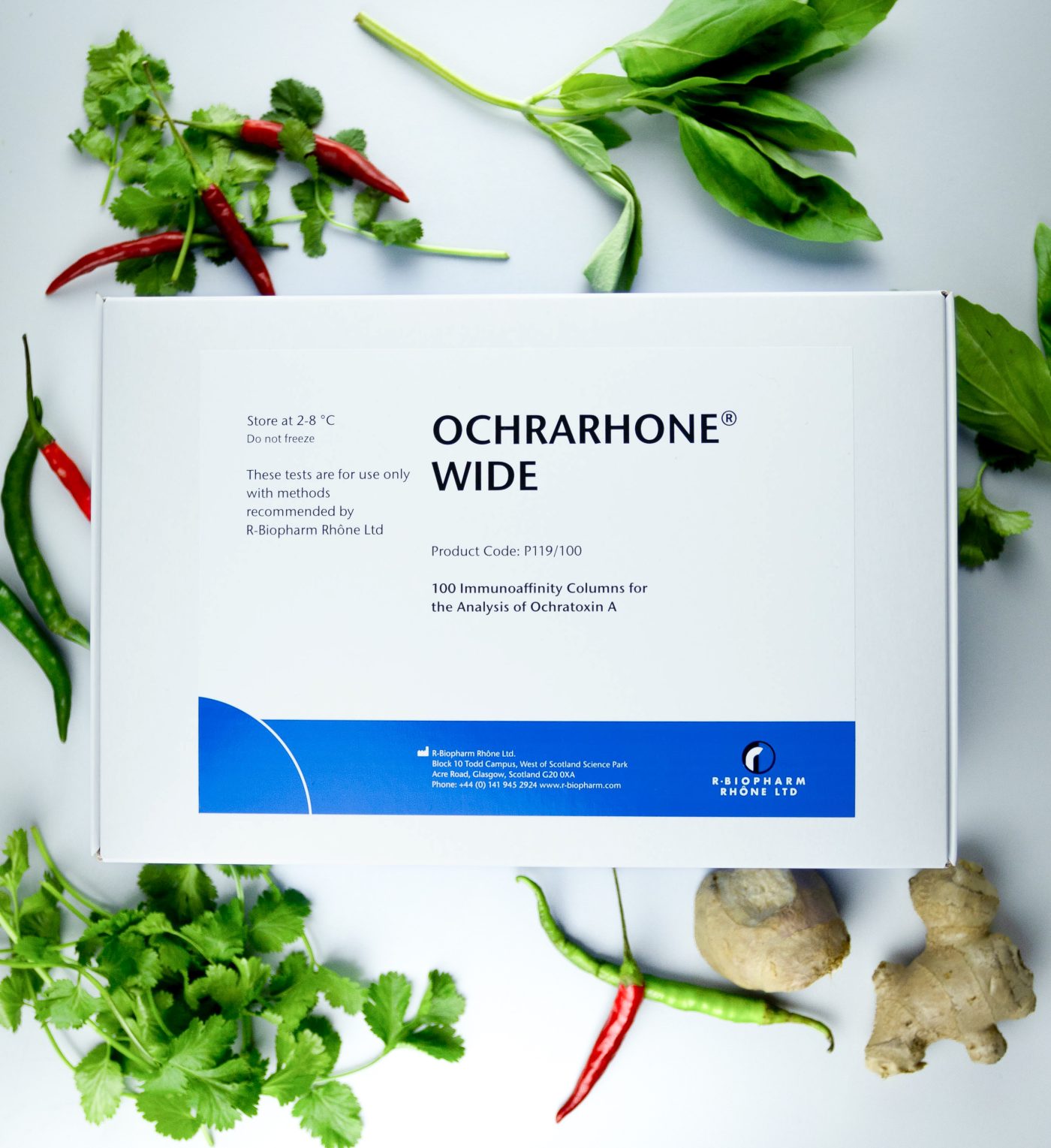
Recent news in Food & Feed Analysis
- Home
- /
- Ochratoxin A in coffee:...
Ochratoxin A in coffee: Ensure compliance with new legislative levels

Coffee production
Coffee comes from Coffea, a tree which belongs to the Rubiaceae family, with the largest diversity found in humid environments. Different varieties of coffee, require different environments for the plant to grow. In general, coffee grows from the Tropic of Capricorn to the Tropic of Cancer. Higher altitudes produce coffee beans with a higher acidity and denser in flavour.
The coffee tree grows up to 3 m when in production or harvest (where it’s classified as a bush) but when in the wild, it can go up to 10 m. Contrary to popular belief, coffee is not a bean but a seed which is inside the fruits growing from coffee trees. The seeds undergo a long, complex process to produce the beverage. Coffee trees take 3 – 5 years to bloom, with some varieties taking up to 7 so coffee production is an extensive procedure that requires great effort. Prior to roasting, the pulp is separated from the seed and the beans are then graded and sorted based on colour, size, and weight to remove foreign matter and ensure uniformity and good quality.
Ochratoxins in coffee
Microbial growth can occur during many of the coffee processing steps, but mycotoxins can also start to develop even before the harvesting process begins. In addition, it has been found that beans can also get cross contaminated, if the facility conditions in processing centres are not safe enough. Mycotoxins are secondary metabolites produced by moulds under specific conditions of moisture and temperature.
Even though roasting at high temperatures can significantly reduce the amount of ochratoxin A (OTA) present in coffee beans, risk management is still required to ensure not only consumer protection but also better quality of the final product.
The current maximum levels of OTA in coffee according to the EU legislations are 3 ppb for roasted coffee and 5 ppb for instant coffee. With coffee being the second most consumed beverage worldwide, it is important that suitable analytical methods are employed to ensure compliance with legislative levels, guaranteeing coffee is safe for consumption.
Analytical methods and controls
Currently, the only reliable way to determine mycotoxin content and ensure compliance to regulatory control measures is by following sampling and analysis guidelines. Sensitive methods must be used for the detection of mycotoxins present in coffee, as legislative levels are low. A reliable and commonly used method for OTA detection in coffee is FLD-HPLC. The beauty of employing an immunoaffinity clean-up is that irrespective of matrix, the method basically follows the same tried-and-tested steps. The extraction of OTA from the matrix needs to be demonstrated, but otherwise the versatility of immunoaffinity clean-up virtually ensures ease of analysis by HPLC with fluorescence detection without fear of any matrix interferences.
Our portfolio gives you the flexibility to choose the product that is best suited to your laboratory requirements. Choose from simple screening tests or from a complete range of immunoaffinity columns with both single and multi-toxin options. To complete our portfolio a range of immunoaffinity cartridges are available for automated analysis suitable for laboratories that require high throughput and improved workflow.
For more information, please contact us.



